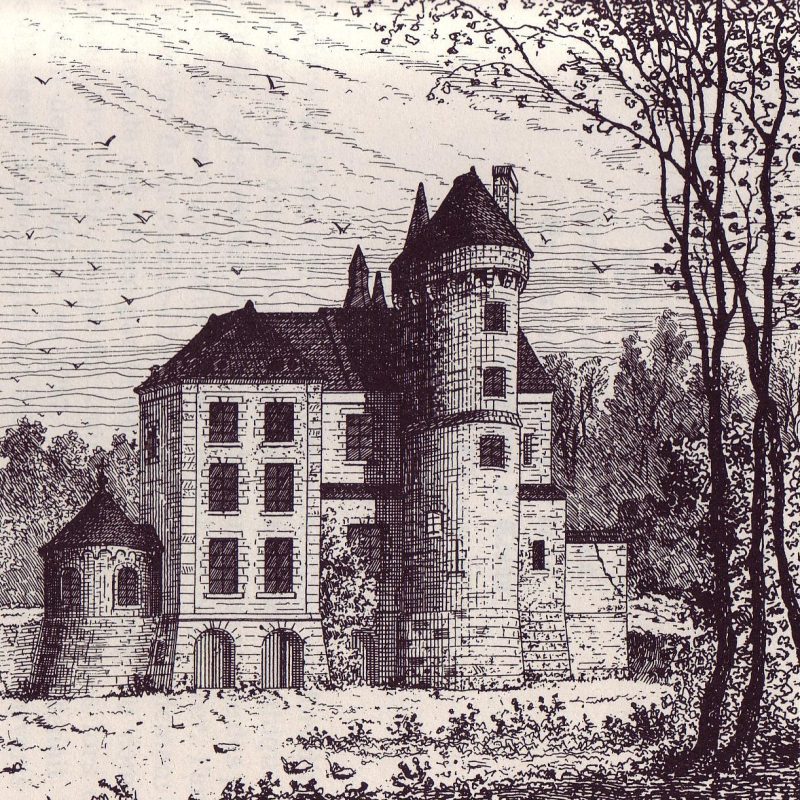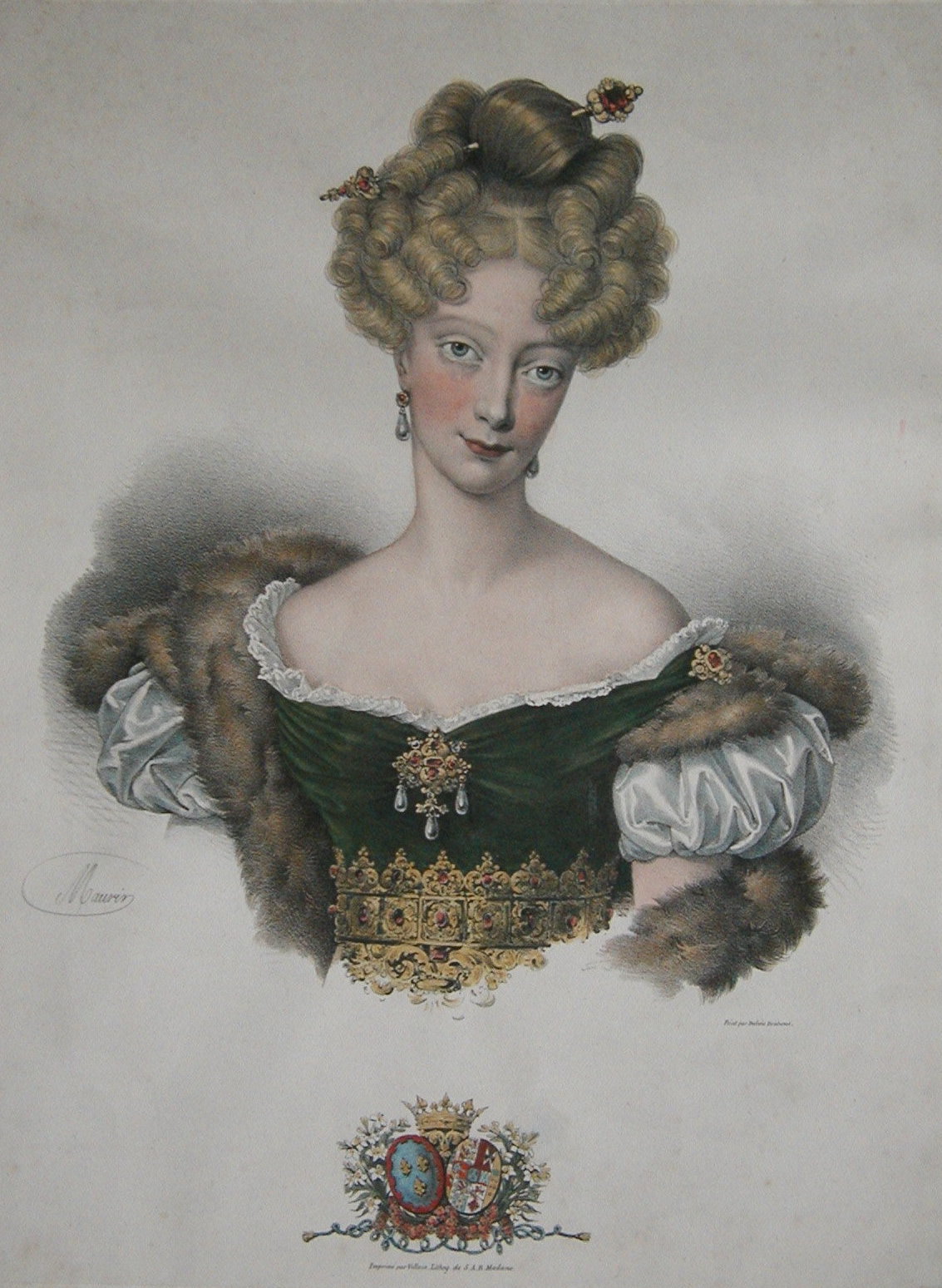
Former stronghold of the house of Seuly, the lordship of Maupas, Morogues and Parassy was acquired around the middle of the 15th century by Jean Dumesnil-Simon, bailiff of Berry, who completely transformed the old residence and built the main part of the current construction.
History
T h e C a s t l e

History
T h e C a s t l e


Former stronghold of the house of Seuly, the lordship of Maupas, Morogues and Parassy was acquired around the middle of the 15th century by Jean Dumesnil-Simon, bailiff of Berry, who completely transformed the old residence and built the main part of the current construction.
History
A u g u s t e M a r i e d e M a u p a s


The most remarkable character of the de Maupas family, both in terms of his military career and the gifts he received from the royal family, is undoubtedly Auguste Marie de Maupas, son of Jérôme, the collector.
History
T h e D u c h e s s o f B e r r y


The Château de Maupas is filled with memories of the Duchess of Berry and her son the Count of Chambord. To better understand the importance of these gifts, it is useful to recall the tumultuous historical context of 19th century France.

History
A u g u s t e M a r i e d e M a u p a s
The most remarkable character of the de Maupas family, both in terms of his military career and the gifts he received from the royal family, is undoubtedly Auguste Marie de Maupas, son of Jérôme, the collector.
Count Auguste Marie de Maupas, after earning his officer's certificate at the Ecole Militaire de Fontainebleau in 1806, distinguished himself in the victorious Napoleonic campaigns in Germany, Poland and Spain in a hussar regiment. His brilliant record of service earned him the Knight's Cross of the Legion of Honor received in Leipzig from the hands of Emperor Napoleon Ist.
History
T h e D u c h e s s o f B e r r y
The Château de Maupas is filled with memories of the Duchess of Berry and her son the Count of Chambord. To better understand the importance of these gifts, it is useful to recall the tumultuous historical context of 19th century France. Marie Caroline of Naples and Sicily had married the Duke of Berry, second son of the King of France Charles X, on whom all the hopes of the monarchists loyal to the ruling family rested. But the Bonapartist saddler worker Louvel assassinated Charles Ferdinand d'Artois, Duke of Berry, on February 14, 1820, believing he would extinguish the Bourbon line forever. However, Marie Caroline gave birth, seven months later, to a son, the young Duke of Bordeaux, Count of Chambord, who would carry within him all the hopes of the monarchists supporters of the elder branch of the Bourbons.

















